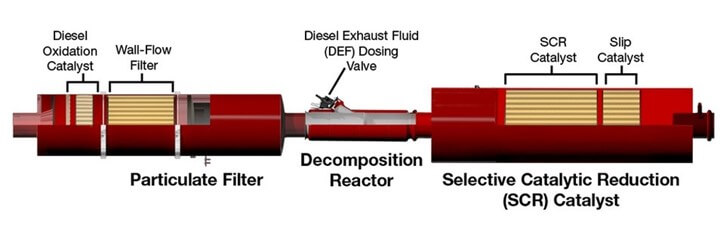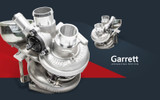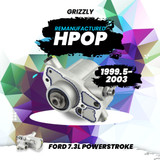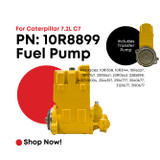Diesel Particulate Filter Maintenance
Understanding and Maintaining Your Diesel Particulate Filter (DPF)
The Diesel Particulate Filter (DPF) is a crucial component in diesel engines, designed to capture and trap soot and ash produced during combustion. Introduced as part of the EPA 07 regulations and further enhanced by the EPA 10 regulations with the addition of the Selective Catalyst Reduction (SCR) system, the DPF plays a vital role in reducing diesel exhaust emissions.

Importance of DPF Maintenance
Proper maintenance of the DPF is essential for keeping commercial vehicles operational. While some fleet managers schedule regular DPF cleanings, manufacturers like Detroit Diesel and Cummins recommend replacing the DPF for optimal performance, resulting in less downtime and fewer unexpected service issues.
Components of the Aftertreatment System
The aftertreatment system, typically a cylindrical device with a serviceable filter insert, includes several parts that need regular inspection and replacement:
- Upstream and downstream NOX sensors
- Multiple temperature and pressure sensors
- Hydrocarbon doser (often called the 7th injector)
- DEF doser, filter, pump, and tank filler neck
DPF Regeneration Strategies
The system measures exhaust backpressure and temperatures to determine soot and ash levels on the DPF. It employs three regeneration strategies to clean the filter:
- Passive Regeneration: Occurs automatically during normal vehicle operation when exhaust temperatures reach 3500°C-5000°C (5720°F-9720°F). The process depends on the precious metal coating on the DPF substrate.
- Active Regeneration: Involves injecting extra fuel into the exhaust stream to raise temperatures and burn off excess soot. This is useful for vehicles that do not frequently drive long distances at high speeds.
- Forced or Parked Regeneration: Triggered when backpressure reaches a critical level, indicated by a dashboard light. The vehicle must be stationary, and the driver must manually initiate the process, which takes about 30-45 minutes.
Common Issues and Preventive Maintenance
Faulty injectors, internal engine oil leaks, or coolant leaks can severely damage the DPF and DOC, necessitating their replacement. Regular inspections and preventive maintenance are crucial to avoid such issues. Technicians should follow the DPF supplier’s service recommendations and adhere to local and federal regulations.

DPF Maintenance Intervals
Adhering to the truck manufacturer’s maintenance schedules ensures the DPF system functions correctly. Frequent active regeneration events indicate the system is working hard to remove deposits, signaling the need for service to avoid costly downtime.
Conclusion
The DPF’s design has significantly improved over the years, making it lighter, more durable, efficient, and reliable. Proper maintenance of the DPF, along with the EGR system, turbocharger, and cooling system, is key to avoiding emissions-related vehicle issues and ensuring your truck runs efficiently.
By understanding and maintaining your DPF, you can keep your fleet on the road and minimize unexpected service interruptions.
Recent Posts
-
Innovation of Garrett Turbochargers
The Legacy and Innovation of Garrett Turbochargers When it comes to turbocharging technology, few na …Nov 4th 2025 -
Ford 7.3L Powerstroke F8C HPOP
Featured Product: Grizzly F8C High-Pressure Oil Pump If you're driving a 1999.5–2003 Ford 7.3L Power …Oct 17th 2025 -
Why the Grizzly 10R8899 High-Pressure Fuel Pump Is a Must-Have for Caterpillar C7 Owners
Why the Grizzly 10R8899 High-Pressure Fuel Pump Is a Must-Have for Caterpillar C7 Owners When it com …Oct 6th 2025





